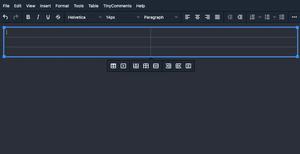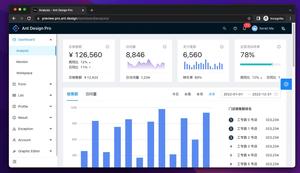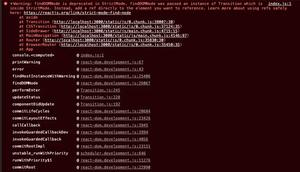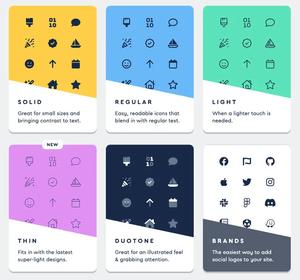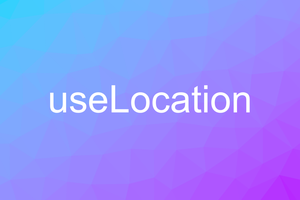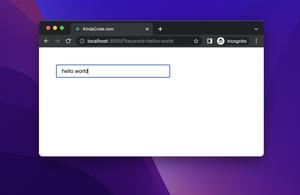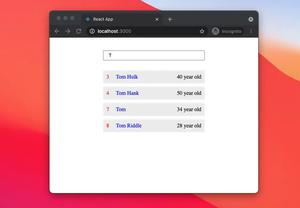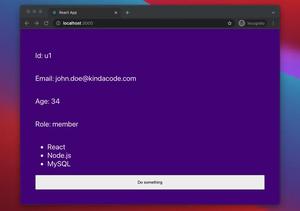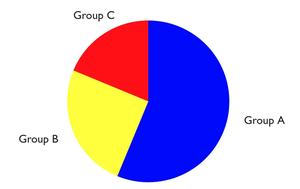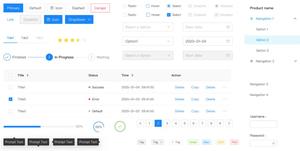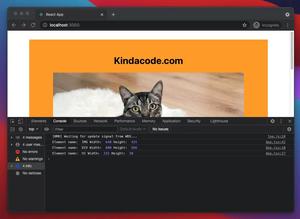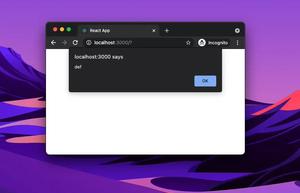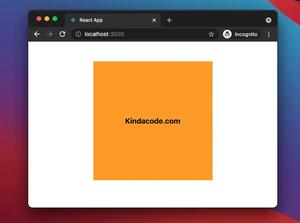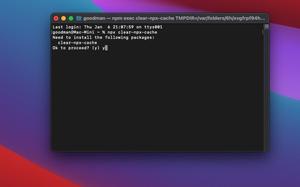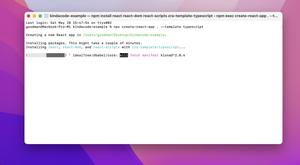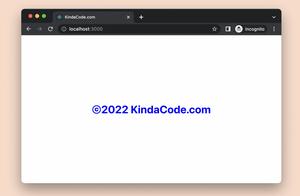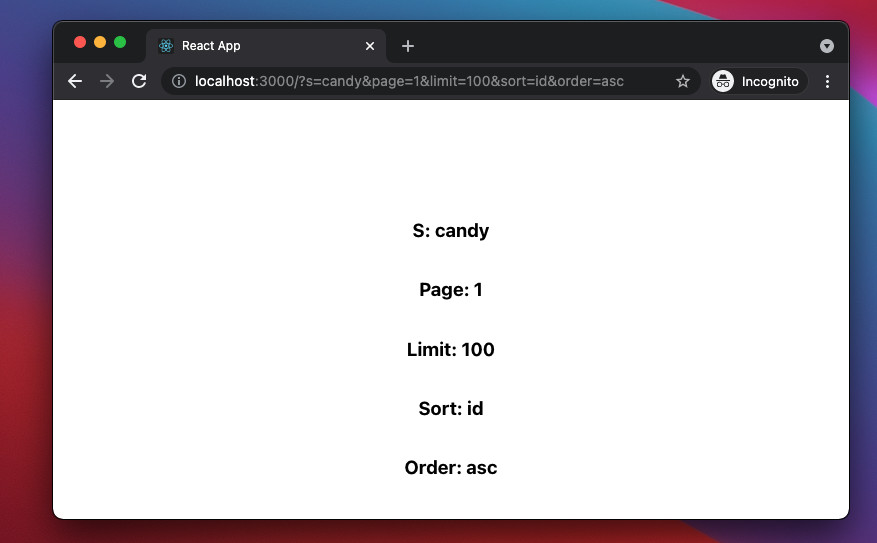
If your React web application uses React Router for navigation and routing, you use the useLocation hook to get the location object that represents the current URL. Once you have the location object, you can retrieve and parse the query string like this:
const location = useLocation();
const queryString = location.search;
const params = new URLSearchParams(queryString);
console.log(params.get('key'));For more clarity, see the complete example below.
Note: This tutorial uses the latest version of React Router (6.x). Make sure you don’t use older versions like 5.x or 4.x.
Example
Preview:
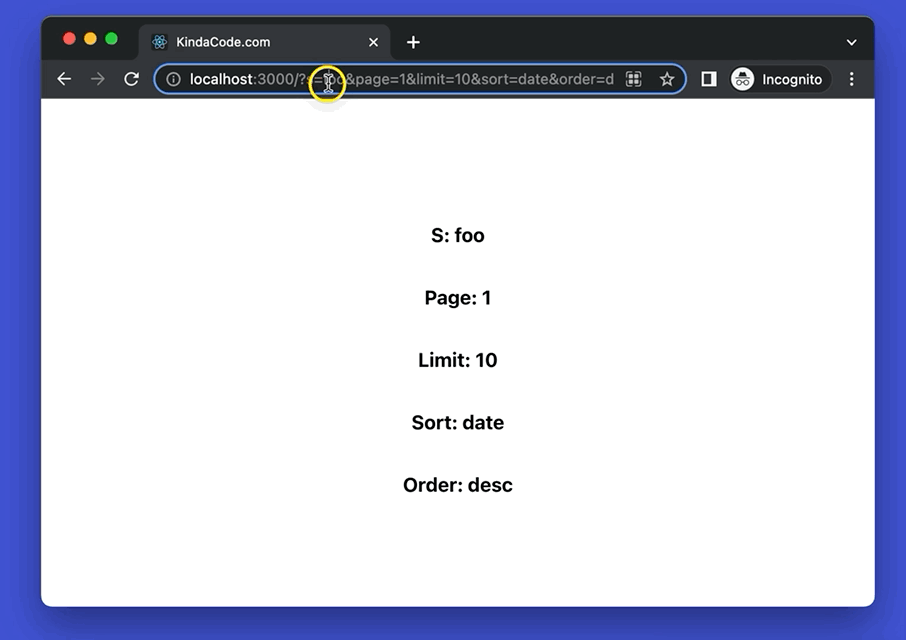
The complete code:
// App.js
// Kindacode.com
import {
BrowserRouter as Router,
Routes,
Route,
useLocation,
} from 'react-router-dom';
const App = () => {
return (
<Router>
<Routes>
<Route path='/' element={<HomePage />} />
</Routes>
</Router>
);
};
// Home Page
const HomePage = (props) => {
const location = useLocation();
const search = location.search;
console.log(search);
const params = new URLSearchParams(search);
console.log(params.get('s'));
return (
<div
style={{
display: 'flex',
alignItems: 'center',
flexDirection: 'column',
marginTop: 100,
}}
>
<h3>S: {params.get('s')}</h3>
<h3>Page: {params.get('page')}</h3>
<h3>Limit: {params.get('limit')}</h3>
<h3>Sort: {params.get('sort')}</h3>
<h3>Order: {params.get('order')}</h3>
</div>
);
};
export default App;Run your project and go to:
http://localhost:3000/?s=foo&page=1&limit=10&sort=date&order=descThen check the output.
What’s Next?
If you’d like to learn more about modern React and React Native, take a look at the following articles:
- React Router: Programmatically Navigate on Button Click
- React Router: 3 Ways to Disable/Inactivate a Link
- React Router: How to Create a Custom Back Button
- React + TypeScript: Handling form onSubmit event
- React + TypeScript: Drag and Drop Example
- React + TypeScript: Handling onFocus and onBlur events
You can also check our React category page and React Native category page for the latest tutorials and examples.
